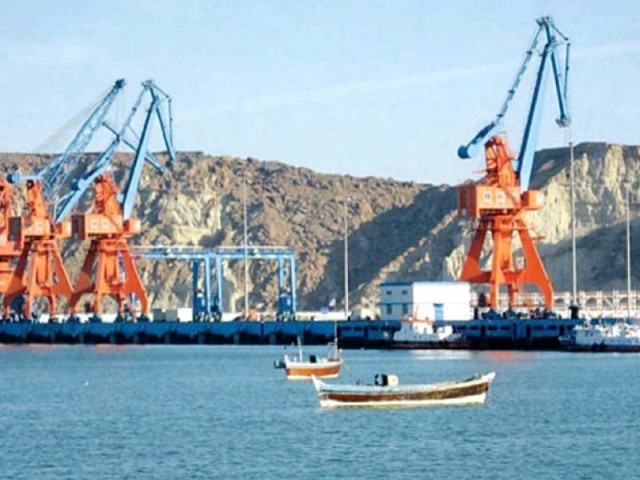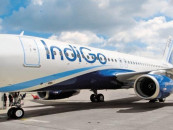Traders suggest upgrading ill-equipped, expensive ports
Modern harbours to help reduce cost of imports and exports

Development of Gwadar Port, which is located at the juncture of South Asia, Central Asia and the Middle East, also requires urgent attention as all ports in Pakistan hardly handle 1.1 million containers annually. PHOTO: FILE
“Ports should see a major transformation as these cannot handle huge LNG vessels of Qatargas called Q-Max and Q-Flex, therefore, the country has to receive small ships from other companies, but it increases the cost,” said Shahid Rasheed Butt, Patron of the Islamabad Chamber of Small Traders.
In a statement, Butt said Qatargas had continued to press Pakistan for a long time to deepen its port channels in order to accommodate big vessels, but to no avail and for that port authorities were responsible.
“The country is passing through challenges and the economy is under pressure due to various reasons including the congestion of ports, which is one of the main hurdles to growth.”
Butt underlined the need for allocating extra resources for the development of ports, which were handling 90% of the nation’s external trade.
Port Qasim was handling around 37% of the cargo and was earning good profit, but he said the progress was slow and procedures had become a problem.
The development of Gwadar Port, which is located at the juncture of South Asia, Central Asia and the Middle East, also requires urgent attention as all ports in Pakistan hardly handle 1.1 million containers annually while only the Port of Jebel Ali in the UAE handles 12 million containers per annum.
The UAE port will further expand its capacity and is expected to handle 55 million containers by 2030.
Similarly, the Port of Sohar, one of eight in Oman, is hardly 100 km away from Gwadar and has become a major transshipment hub. This will start handling 1.5 million containers per annum once the $130 million expansion project is completed while the Port Sultan Qaboos can handle over 20 million tons of cargo.
Pakistan stands at the 32nd place in Southeast Asia because of cumbersome operational, administrative and security procedures. “Its ports are ill-equipped for competition and expensive for trade and are at the bottom in the Saarc region with Dhaka on top,” Butt said.
Published in The Express Tribune, September 24th, 2015.
Like Business on Facebook, follow @TribuneBiz on Twitter to stay informed and join in the conversation.



















COMMENTS
Comments are moderated and generally will be posted if they are on-topic and not abusive.
For more information, please see our Comments FAQ